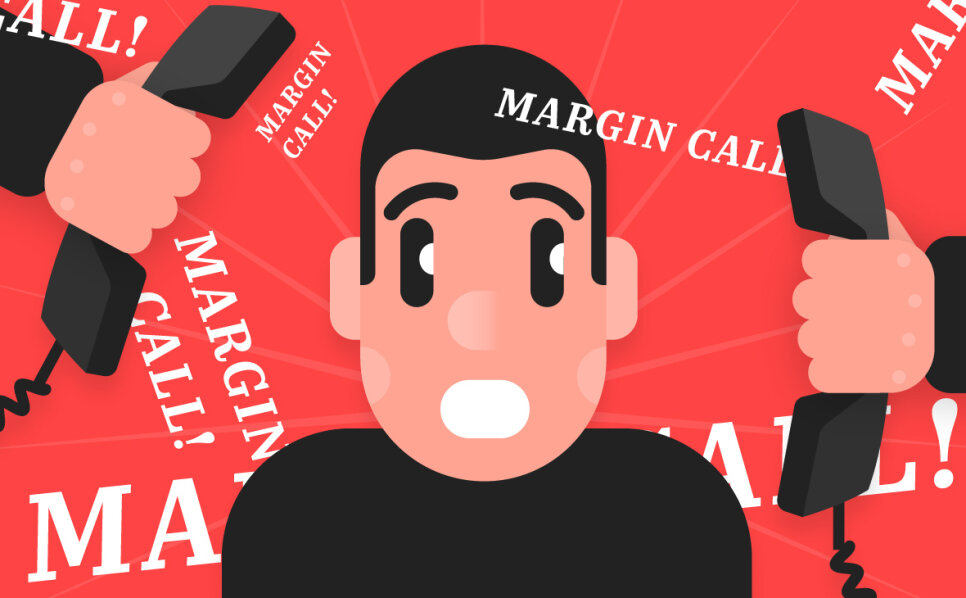We share verified earning schemes daily on Telegram.
In our Telegram channel, you'll find crypto signals, insider info on HYIPs, combo deals for tappers, and coin giveaways. Only verified earning methods without fluff.
Modern exchanges allow traders to use leverage to increase the amount of funds they can commit to a trade.
Leverage — is the ratio of collateral to borrowed funds provided by the cryptocurrency exchange. For example, if the leverage ratio is 1:10, and with $100, the exchange will lend you $900, the total position size will be $1,000, which is 10 times greater than your collateral of $100.
Since the exchange provides traders with borrowed funds, it charges them fees for using the money and also has the right to close the trader's position at a loss if their balance drops below the permissible threshold. The precursor to this situation is a Margin Call.
Margin Call means a requirement to deposit additional funds to the exchange to maintain an open position. Failure to comply with this request results in the closure of the position and realization of losses.
There are three possible actions when a Margin Call occurs:
- Deposit the required amount into your account; however, if prices continue to fall or rise, this may lead to significant losses;
- Take no action; if quotes start moving in the desired direction, you may recover and turn a profit;
- Take no action and face a Stop Out.
The declared Stop Out will close the player's positions, and the exchange will deduct the owed funds from the account.
You can avoid a Margin Call in the following ways:
- Maintain a safety cushion on your account in the form of additional funds;
- Thoroughly familiarize yourself with margin trading rules;
- Trade only with your own funds without resorting to loans.











Information
Users of Гости are not allowed to comment this publication.